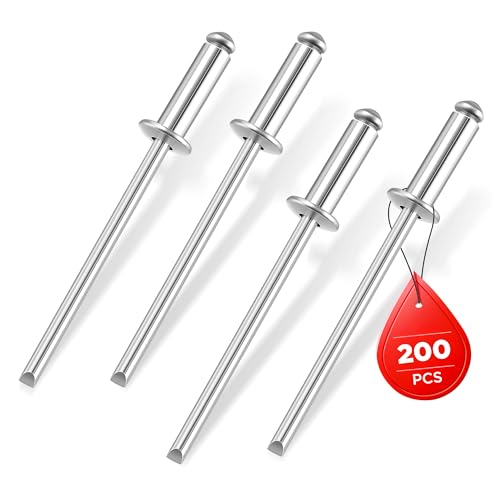Hello all. I have been boating and rigging hulls for some 20 years, but have zero axial flow jet (and little outboard jet) experience.
None the less, I have been bitten by the jet bug. I have a motor, pump, design, fabrication and aluminum welding ability, so I am hoping that Y'all can help me out with some technical advice to insure success. Or at least avoid catastrophic failure 8)
While designing the hull, it occurs to me that decisions concerning dedrise should include consideration for not only calculated draft, but also for pump location in relation to draftline.
Is there a general rule for pump location in relation to water line while at rest? IE: when at idle, do you want your pump to be say half under water with the intake box half full? 1/4 full? 3/4 full?
As soon as I feel confident in pump placement, Ill finalize my drafts and start a 1:5 model. Hopefully The model proves out before my aluminum order arrives...
Thanks in advance for your assistance,
Steve
None the less, I have been bitten by the jet bug. I have a motor, pump, design, fabrication and aluminum welding ability, so I am hoping that Y'all can help me out with some technical advice to insure success. Or at least avoid catastrophic failure 8)
While designing the hull, it occurs to me that decisions concerning dedrise should include consideration for not only calculated draft, but also for pump location in relation to draftline.
Is there a general rule for pump location in relation to water line while at rest? IE: when at idle, do you want your pump to be say half under water with the intake box half full? 1/4 full? 3/4 full?
As soon as I feel confident in pump placement, Ill finalize my drafts and start a 1:5 model. Hopefully The model proves out before my aluminum order arrives...
Thanks in advance for your assistance,
Steve




















































